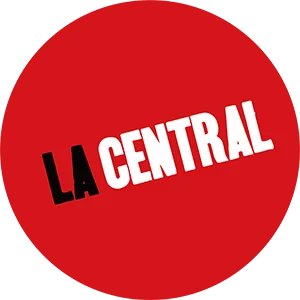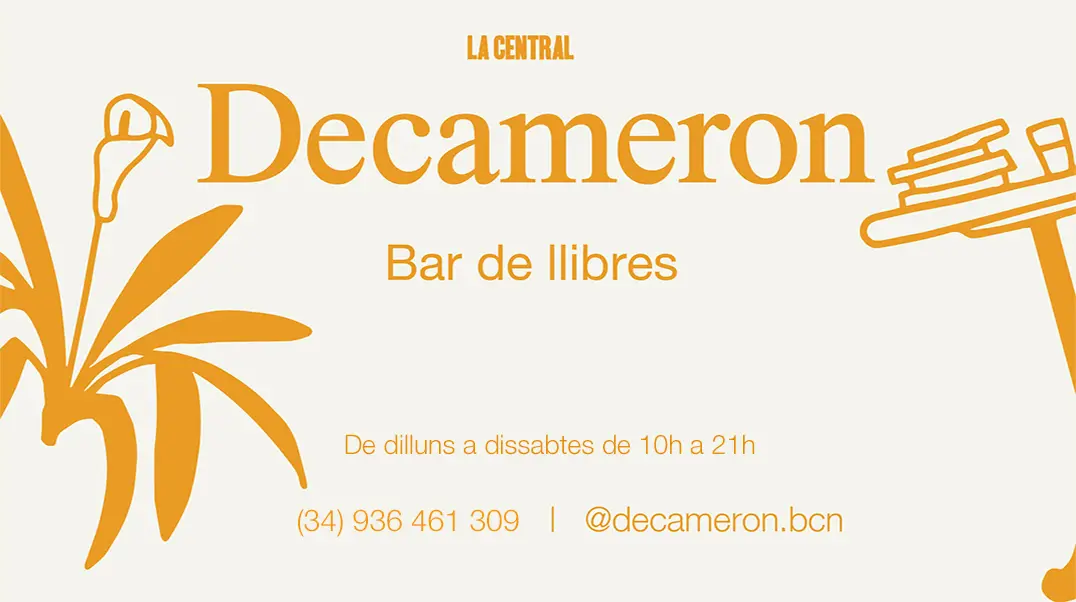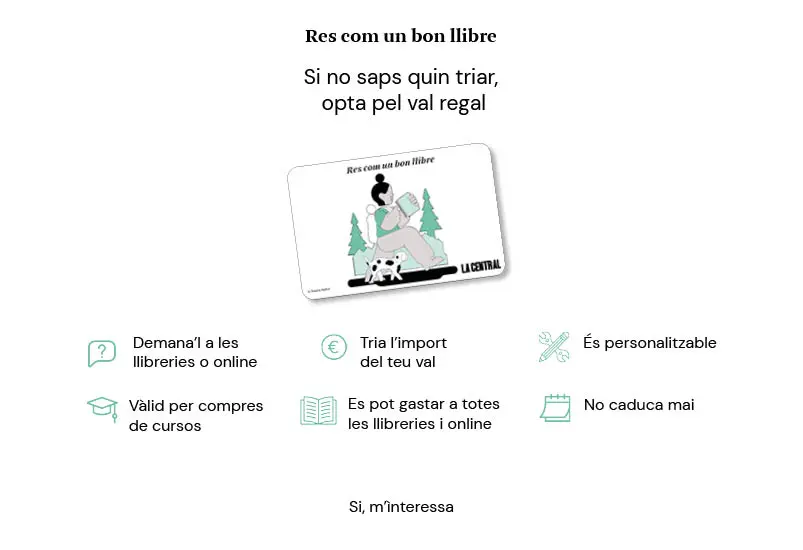From Molecule to Metaphor.A Neural Theory of Language

From Molecule to Metaphor.A Neural Theory of Language
22,30 €
Sense existències ara
Rep-lo a casa en 2 / 3 dies per Missatger o Eco Enviament*
In From Molecule to Metaphor, Jerome Feldman proposes a theory of language and thought that treats language not as an abstract symbol system but as a human biological ability that can be studied as a function of the brain, as vision and motor control are studied. This theory, he writes, is a "bridging theory" that works from extensive knowledge at two ends of a causal chain to explicate the links between. Although the cognitive sciences are revealing much about how our brains produce language and thought, we do not yet know exactly how words are understood or have any methodology for finding out. Feldman develops his theory in computer simulations--formal models that suggest ways that language and thought may be realized in the brain. Combining key findings and theories from biology, computer science, linguistics, and psychology, Feldman synthesizes a theory by exhibiting programs that demonstrate the required behavior while remaining consistent with the findings from all disciplines.
After presenting the essential results on language, learning, neural computation, the biology of neurons and neural circuits, and the mind/brain, Feldman introduces specific demonstrations and formal models of such topics as how children learn their first words, words for abstract and metaphorical concepts, understanding stories, and grammar (including "hot-button" issues surrounding the innateness of human grammar). With this accessible, comprehensive book Feldman offers readers who want to understand how our brains create thought and language a theory of language that is intuitively plausible and also consistent with existing scientific data at all levels.
Preface
xi Acknowledgments xix
I. Embodied Information Processing 1
1. The Mystery of Embodied Language 3
2. The Information Processing Perspective 15
3. Computational Models 29
II. How the Brain Computes 41
4. Neurons and Other Cells 43
5. The Society of Neurons 59
6. Nature and Nurture 71
III. How the Mind Computes 83
7. Connections in the Mind 85
8. Embodied Concepts and Their Words 95
9. The Computational Bridge 105
IV. Learning Concrete Words 123
10. First Words 125
11. Conceptual Schemas and Cultural Frames 135
12. Learning Spatial Relation Words 149
V. Learning Words for Actions 161
13. Embodied Knowledge of Actions 163
14. Learning Action Words 173
VI. Abstract and Metaphorical Words 183
15. Conceptual Systems 185
16. Metaphors and Meaning 199
17. Understanding as Simulation 213
VII. Understanding Stories 225
18. The Structure of Action and Events 227
19. Belief and Inference 235
20. Understanding News Stories 245
VIII. Combining Form and Meaning 257
21. Combining Forms -- Grammar 259
22. The Language Wars 271
23. Combining Meanings -- Embodied Construction Grammar 283
IX. Embodied Language 295
24. Embodied Language Understanding 297
25. Learning Constructions 311
26. Remaining Mysteries 325
27. All Together Now 333
References and Further Reading 345
Preface
xi Acknowledgments xix
I. Embodied Information Processing 1
1. The Mystery of Embodied Language 3
2. The Information Processing Perspective 15
3. Computational Models 29
II. How the Brain Computes 41
4. Neurons and Other Cells 43
5. The Society of Neurons 59
6. Nature and Nurture 71
III. How the Mind Computes 83
7. Connections in the Mind 85
8. Embodied Concepts and Their Words 95
9. The Computational Bridge 105
IV. Learning Concrete Words 123
10. First Words 125
11. Conceptual Schemas and Cultural Frames 135
12. Learning Spatial Relation Words 149
V. Learning Words for Actions 161
13. Embodied Knowledge of Actions 163
14. Learning Action Words 173
VI. Abstract and Metaphorical Words 183
15. Conceptual Systems 185
16. Metaphors and Meaning 199
17. Understanding as Simulation 213
VII. Understanding Stories 225
18. The Structure of Action and Events 227
19. Belief and Inference 235
20. Understanding News Stories 245
VIII. Combining Form and Meaning 257
21. Combining Forms -- Grammar 259
22. The Language Wars 271
23. Combining Meanings -- Embodied Construction Grammar 283
IX. Embodied Language 295
24. Embodied Language Understanding 297
25. Learning Constructions 311
26. Remaining Mysteries 325
27. All Together Now 333
References and Further Reading 345






